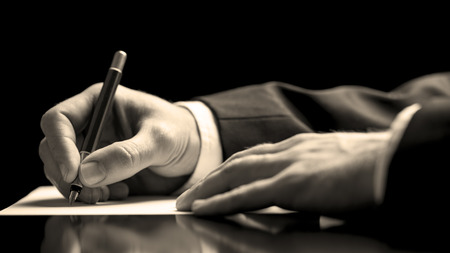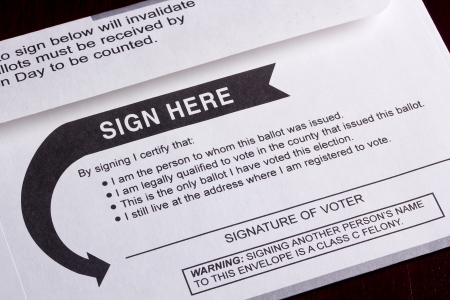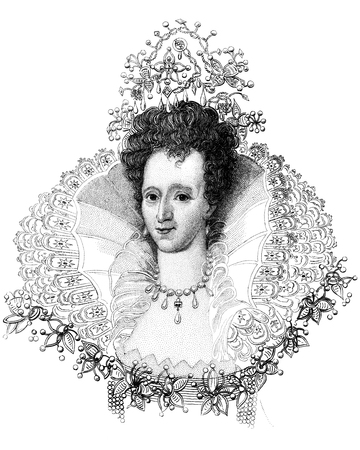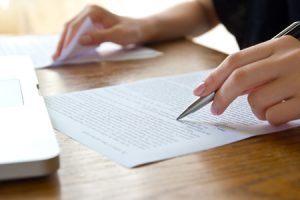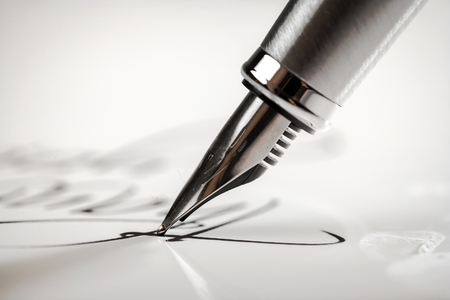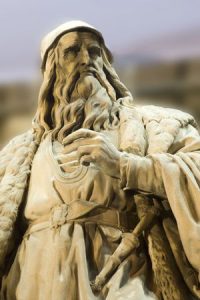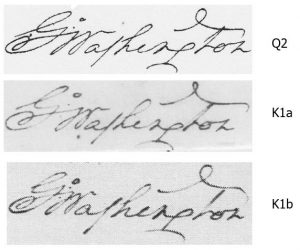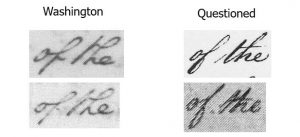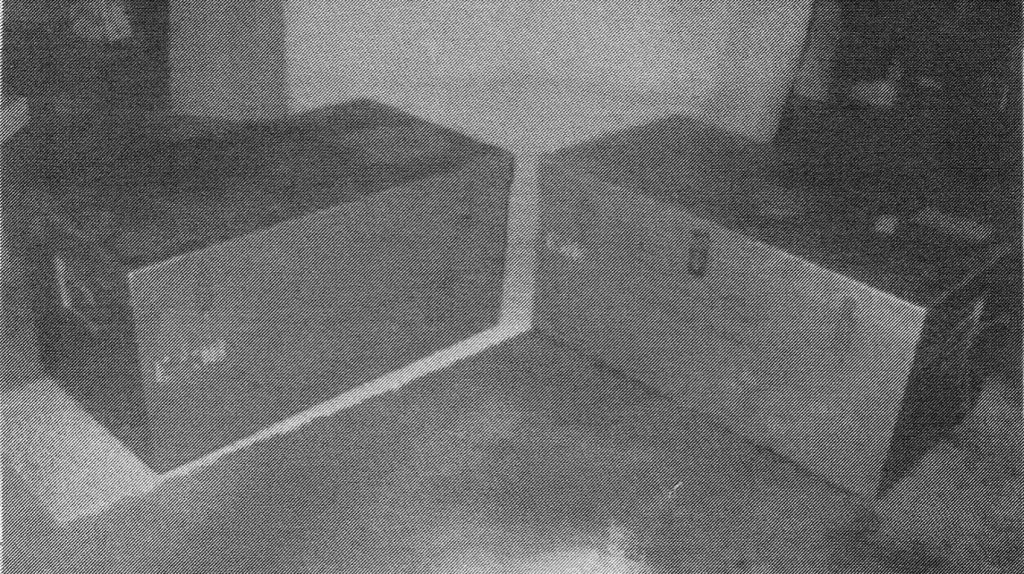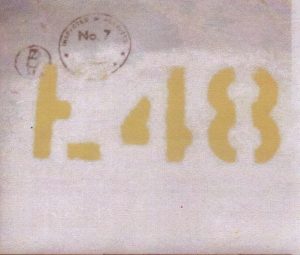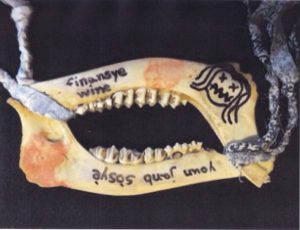Alcohol can impact many of our motor skills. Some of us know this from experience, others remember from the “drunk goggles,” or fatal vision goggles, that we wore during Driver’s Ed. Alcohol, whether in small or large quantities, makes it difficult to walk or drive a car; it also makes it difficult to write.
Research has shown that alcohol can change the way we write, making it sloppier and more difficult to read.
In one study, 73 participants were asked to provide handwriting samples before and after consuming alcohol. Researchers found that after consuming alcohol, participants’ handwriting changed considerably. Word lengths, letter height, spacing between words, number of angularities, number of tremors, and number of tapered ends all “significantly increased under the effect of alcohol.” There seemed to be an especially strong correlation between the amount of alcohol one consumed and the “alteration of handwriting parameters” including letter height, angularity, and tapered ends.
Perhaps the most important fact is that handwriting may change “at any level of alcohol.” In other words, any amount of alcohol consumed may change the way we write. While the handwriting of someone who has consumed five beers would be worse than someone who has consumed only one, there may nevertheless still be a change in how we write.
Understanding how outside influences such as alcohol can impact our handwriting is extremely important to forensic document analysis. Here at Drexler Document Lab, we have studied extensively the way that alcohol affects our signatures. To learn more about what we do, check out our Alcohol & Drug Influence page or contact us today at 844-373-9522.



